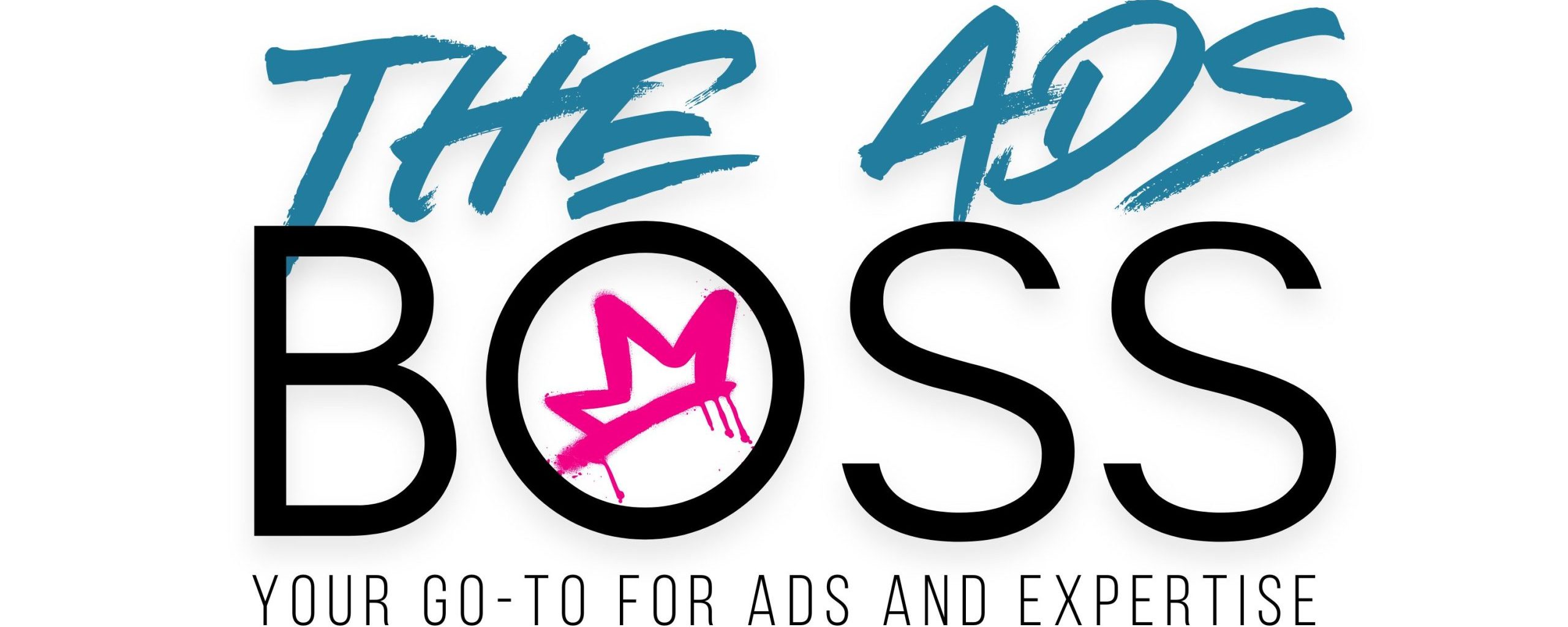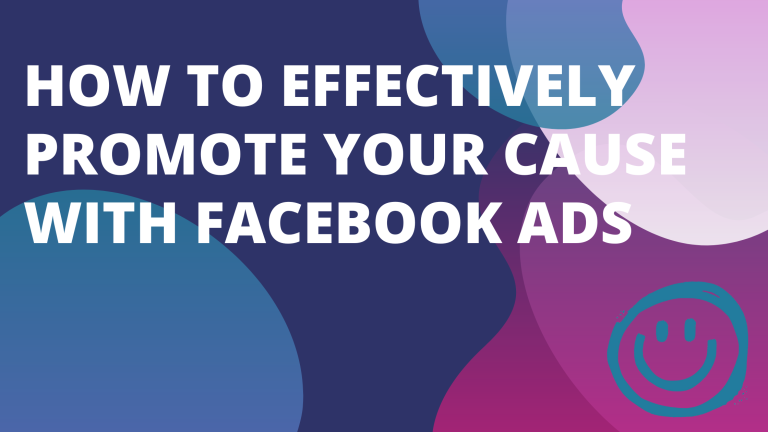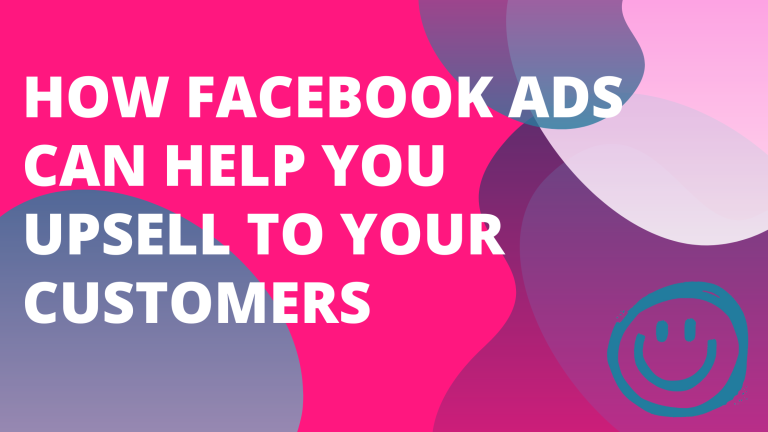Increasing Mobile App Installs with Facebook Ads

Boost Mobile App Installs with Facebook Ads: A Step-by-Step Guide
Mobile app installs are essential for growth in a crowded market. If your app isn’t visible, you’re missing out on potential users. Facebook Ads can significantly boost your app’s visibility and increase downloads.
In this post, you’ll learn effective strategies to attract more installs using Facebook Ads. From targeting the right audience to crafting compelling ad content, we’ll cover practical tips that work.
Get ready to take your app to the next level and reach users where they spend a lot of their time—on social media. Let’s dive in and explore how to make Facebook Ads work for your app.
Understanding Facebook Ads for Mobile Apps
Facebook Ads have become a go-to tool for marketers looking to promote their mobile apps. With billions of active users, the platform offers unmatched accessibility. Understanding the basics of Facebook Ads can set the stage for a successful app promotion strategy.

What are Facebook Ads?
Facebook Ads are paid advertisements displayed on the Facebook platform and its associated apps, like Instagram. There are various ad formats available, tailored to different campaign goals, such as:
- Image Ads: Simple and effective, these ads use a single image to capture attention.
- Video Ads: Engaging and dynamic, video ads can showcase your app’s features in action.
- Carousel Ads: These allow you to display multiple images or videos in a single ad, perfect for showcasing different app functionalities.
- Collection Ads: These present a collection of items that open into a full-screen experience when clicked, ideal for e-commerce apps.
Each type of ad can serve specific marketing objectives, allowing you to engage users effectively.

Photo by Pixabay
Benefits of Facebook Ads for App Installs
Facebook Ads provide distinct advantages for promoting your mobile app. Here are the key benefits:
- Precise Targeting: You can target specific demographics based on age, interests, behaviors, and location. This ensures your ads reach users most likely to download your app.
- Vast Reach: With billions of users on Facebook, your app can get exposure to a massive audience. This broad reach can result in increased installs and brand awareness.
- Cost-Effective: You can set your budget and control your spending. With options for cost-per-click (CPC) or cost-per-impression (CPM), you choose what works best for your campaign.
- Engagement Options: Facebook Ads allow for user interaction, such as liking, sharing, or commenting. This engagement can boost visibility and encourage more installs.
By utilizing Facebook Ads, you can create a focused and effective approach to increasing mobile app installs. The combination of precise targeting and vast reach positions these ads as a powerful tool in your marketing arsenal.
Setting Up Your Facebook Ads Campaign
Creating a successful Facebook Ads campaign for your mobile app can transform the visibility and install rates of your product. Let’s break down the essential steps in setting up your campaign effectively.
Creating a Facebook Business Account
First things first, you need a Facebook Business account. This is your gateway to access the Ads Manager and other essential tools. Here’s how you create one:
- Visit the Facebook Business site: Go to business.facebook.com.
- Click on ‘Create Account’: You’ll find this option on the top right corner.
- Enter your details: Fill out your business name, your name, and your email address.
- Set up your account: Follow the prompts to complete your profile. This could include adding your business address, phone number, and turning on notifications.
Now you’re equipped to dive into the world of Facebook Ads with an official business presence.

Choosing the Right Campaign Objective
Selecting the right campaign objective is crucial for the success of your ads. For mobile app installs, the ‘App Installs’ objective is your best bet. Here’s why:
- Focused Promotion: By choosing ‘App Installs’, your ads are specifically optimized to encourage downloads.
- Targeted Reach: Facebook will show your ads to users who are most likely to install apps, maximizing your budget’s efficiency.
- Performance Tracking: This objective allows you to track app installs directly through Ads Manager, giving you clear insights into your campaign’s success.
How do you expect to grow your app without aiming for the right target? Choosing ‘App Installs’ sets the right course for your marketing journey.
Defining Your Target Audience
Understanding your ideal users is key. Facebook’s robust targeting features help you reach the right audience effectively. Here’s how to define it:
- Demographics: Filter your audience by age, gender, and location. Think about who would most likely use your app.
- Interests and Behaviors: Target users based on interests, such as hobbies or lifestyle choices, and behaviors like previous app downloads.
- Custom Audiences: Use this feature to reach users who have already engaged with your brand, whether through your website or previous ads.
Engaging the right audience isn’t just smart; it’s essential. Use Facebook’s tools to ensure your ads hit home.

Photo by Pixabay
Crafting Compelling Ad Content
To effectively increase app installs with Facebook Ads, the way you present your ad content is key. This involves both eye-catching visuals and persuasive copy that connects with your audience. Let’s explore essential practices for creating content that drives downloads.
Designing Eye-Catching Visuals
Visuals are often the first thing potential users notice in your ad. High-quality, striking images can deeply impact your ad’s performance. Here are some best practices to consider:
- Use Bright Colors: Bright colors can attract attention and make your ad stand out in a crowded feed. Think about color psychology when selecting your palette.
- Keep It Simple: Avoid cluttering your visuals with too much information. A clean design directs focus to the most important elements—like your app’s branding or call-to-action.
- Highlight Your App in Action: Show how your app works or the benefits it offers. Screenshots or short clips featuring your app can demonstrate its value effectively.
- Include a Clear Call-to-Action (CTA): Adding a bold CTA in your visuals can prompt users to take action. Phrases like “Download Now!” or “Try It Free!” create urgency.
By following these tips, your visuals can grab attention and encourage potential users to learn more about your app.

Photo by Liza Summer
Writing Persuasive Copy
The copy you use in your ads must communicate clearly and entice users to download your app. Here are some strategies for crafting effective ad copy:
- Focus on Benefits: Rather than just listing features, explain how your app solves a problem or enhances the user’s life. For example, instead of stating it offers “great navigation,” say “Navigate effortlessly to your favorite places.”
- Create a Sense of Urgency: Use time-sensitive language to encourage immediate action. Phrases like “Limited Time Offer” or “Join Today” can spur users to click.
- Utilize Social Proof: Mentioning how many users have already downloaded your app or featuring positive reviews can build trust and credibility.
- Ask Rhetorical Questions: Engaging questions can pique curiosity and encourage users to think about how the app meets their needs. For example, “Tired of missing deadlines? Download our app to stay organized!”
By combining these persuasive techniques, your ad copy can speak directly to potential users and motivate them to take action.
Budgeting and Bidding Strategies
Effective budgeting and bidding strategies are essential for maximizing your return on investment with Facebook Ads. By understanding key concepts like Cost Per Install (CPI) and distinguishing between daily and lifetime budgets, you can tailor your approach to reach more users efficiently.
Understanding Cost Per Install (CPI)
Cost Per Install (CPI) is a crucial metric in mobile app advertising. It measures how much you spend to acquire a new user. Knowing your CPI helps shape your budgeting decisions effectively.
- Direct Impact on Budgets: If your CPI is high, it can quickly eat into your advertising funds. Conversely, a low CPI means you can acquire more users per dollar spent.
- Setting Expectations: Understanding your CPI helps set realistic goals. If your current CPI is higher than desired, you may need to adjust your targeting or ad content.
- Informed Campaign Adjustments: Monitoring your CPI lets you tweak your campaigns. If one ad is performing well, consider increasing its budget to maximize installs.
Feeling stuck? Compare your CPI against industry benchmarks. This will help you gain perspective and refine your strategy.

Setting Daily vs. Lifetime Budgets
Choosing between a daily or lifetime budget can affect how your ads perform. Here’s a closer look at each method to help you decide which fits your campaign goals better.
- Daily Budgets:
- Pros: You set a specific amount to spend daily, which provides control over daily spending. If one day is more productive, you can adjust quickly.
- Cons: If your budget is too low, your ads might not reach enough users or fire when they can. This method may limit your ad’s overall reach.
- Lifetime Budgets:
- Pros: A lifetime budget allows you to spend a set amount over the entire campaign period. This can be more flexible and allows Facebook to allocate funds optimally.
- Cons: You lose daily control, which means if your ad isn’t performing well, you might not have the same method for quick adjustments.
Think about your campaign’s specifics. Are you looking for controlled daily engagement or long-term flexibility? Choosing the right budgeting strategy can lead to improved results and enhanced app visibility.

Photo by Tima Miroshnichenko
Measuring Success: Tracking App Installs
Tracking app installs is essential to understand the effectiveness of your Facebook Ads campaign. With proper measurement tools, you can assess the success of your ads, optimize your strategy, and ultimately increase your app installs. Here’s how to effectively track performance.
Using Facebook Analytics
Facebook provides powerful analytics tools that help you evaluate your ad performance. Here’s how to utilize them effectively:
- Access Ads Manager: First, log into your Facebook Business account and navigate to Ads Manager. This is the dashboard where you can see all your ad campaigns.
- Review Key Metrics: Focus on metrics such as impressions, clicks, and conversions. Impressions tell you how many times your ads were displayed, while clicks indicate user engagement with your ads. The conversion metric specifically shows how many users installed your app after clicking the ad.
- Analyze Cost Per Install (CPI): Check the cost associated with each install. This metric helps determine if your budget is being used efficiently.
- Set Up Custom Reports: Customize reports to track metrics tailored to your campaign goals. You can filter data by age, location, or device to see what works best.
- Evaluate Audience Insights: Use Audience Insights to learn about your users’ behaviors. Understanding who your audience is can help you refine your targeting approach.
Regularly reviewing these insights will help you make informed decisions and adjustments to your campaign for better results.
Integrating Third-Party Tracking Tools
For deeper insights, consider integrating third-party tracking tools like Adjust or AppsFlyer. These tools offer additional data that Facebook’s analytics may not provide.
- Enhanced Attribution: Tools like Adjust or AppsFlyer provide better attribution models. They help identify which ad click led to an install, allowing you to measure the effectiveness of different channels accurately.
- User Engagement Metrics: These platforms track how users interact with your app after installation. You can see metrics like retention rates and user activity levels, which inform you about the long-term value of your installs.
- Fraud Prevention: Advanced tracking tools help identify and prevent click fraud. This ensures that your ad spend is directed towards genuine users rather than bots or fake accounts.
- Cross-Platform Tracking: If you are running campaigns on multiple platforms beyond Facebook, these tools can offer a unified view of performance across all channels.
By integrating these tools, you can gain a comprehensive understanding of your app installs and the factors driving those installs. Using these insights will improve your overall campaign performance and ROI.

Photo by Markus Winkler
Optimizing Your Campaign for Better Results
To maximize your app installs through Facebook Ads, optimization is key. By focusing on A/B testing and adjusting targeting options, you can refine your approach and see real improvements in your ad performance.
A/B Testing Ads
A/B testing, or split testing, allows you to compare two versions of your ads to see which one performs better. Here’s how to conduct effective A/B tests:
- Choose What to Test: Pick a single variable to test, such as ad images, headlines, or call-to-action buttons. Changing multiple elements at once can confuse results.
- Create Two Versions: Design two variations based on your chosen variable. For example, create one ad with a bright image and another with a simpler design.
- Set Up the Test: Use Facebook Ads Manager to create your A/B test. Make sure to allocate a similar budget and duration for both versions to ensure a fair comparison.
- Analyze Results: After your test has run for the desired duration, review the performance metrics. Look for indicators like click-through rates, conversion rates, and Cost Per Install (CPI) to see which ad performed better.
- Iterate: Use the insights from your tests to make data-driven decisions. Apply what you’ve learned to future ad campaigns, continuously optimizing and refining your ads.
A/B testing can significantly enhance your ad performance, helping you understand what resonates best with your audience.
Adjusting Targeting Options
Fine-tuning your audience targeting is crucial for effective ad spend. Here are some tips to refine your audience based on performance data:
- Review Performance Insights: After running your initial campaign, check which demographics performed best. Look for trends in age, gender, and location that align with your ideal users.
- Narrow Down Interests: Utilize Facebook’s targeting options to narrow down interests even further. If your app is a fitness tracker, consider targeting users who are interested in health, sports, or wellness.
- Experiment with Lookalike Audiences: Create lookalike audiences based on current users or website visitors. This helps you reach new users similar to those already engaged with your app.
- Utilize Retargeting: Consider retargeting users who clicked on your ad but didn’t install the app. Create ads tailored to remind them of what they’re missing out on.
- Test Behavioral Targeting: Facebook allows you to target users based on their online behavior. Testing behavioral segments can reveal high-potential audiences you might not have considered.
By regularly reviewing and adjusting your targeting options, you can ensure your ads reach the most relevant audience, leading to better engagement and higher app installs.

Photo by Anderson Guerra
Case Studies: Successful Campaigns
Understanding real-world results from Facebook Ads can provide valuable insights. Analyzing successful campaigns reveals practical strategies and meaningful lessons. Let’s explore a few notable examples.
Analyzing Successful Strategies
Several app developers have effectively used Facebook Ads to boost their install rates. Here are some standout campaigns and the strategies they utilized:
- A Fitness App: This app used targeted ads featuring user testimonials. They highlighted real results from users, which built trust. By focusing on community engagement, they created a sense of belonging that motivated potential users.
- A Language Learning App: This app capitalized on engaging video content. They produced short, dynamic clips showcasing app features. The combination of visual appeal and clear messaging led to a significant increase in installs.
- A Budgeting App: They utilized a mix of carousel ads showcasing different app functionalities. This allowed potential users to explore several features in one go. The application also employed retargeting for users who interacted without transitioning to installation.
Key factors contributing to these campaigns’ success include:
- Audience Targeting: Each case used Facebook’s robust targeting options. This ensured they reached users most likely to engage with their app.
- Compelling Visuals and Copy: High-quality visuals and persuasive language were common. They spoke directly to the needs and interests of the audience.
- Performance Tracking: Each campaign measured metrics like CPI and engagement rates. This allowed them to refine their strategies in real-time, maximizing efficiency.
From these examples, the lesson is clear: understanding your audience and using engaging content are vital for success. What strategies can you implement from these campaigns to enhance your own app’s visibility?

Photo by Pixabay
Conclusion
As you embark on your journey to increase mobile app installs using Facebook Ads, understanding key strategies is crucial. Maximizing your ads’ potential requires attention to detail and ongoing adjustments.
Key Takeaways
- Utilize Targeting: Focus on the right audience by using Facebook’s detailed targeting options. This ensures your ads reach individuals likely to engage with your app.
- Craft Compelling Content: Invest time in creating eye-catching visuals and persuasive copy. Both are essential for grabbing attention and motivating action.
- Monitor Performance: Regularly track metrics such as Cost Per Install (CPI) and conversion rates. This data will guide your future campaigns and help you make necessary adjustments.
- Optimize Continuously: Employ A/B testing and refine your targeting as you gather insights. The journey doesn’t stop after launching your ads.
If you’re ready to boost your app installs, now is the time to start leveraging Facebook Ads effectively. The platform offers vast potential to connect with users, drive engagement, and increase downloads.

Photo by Sara






